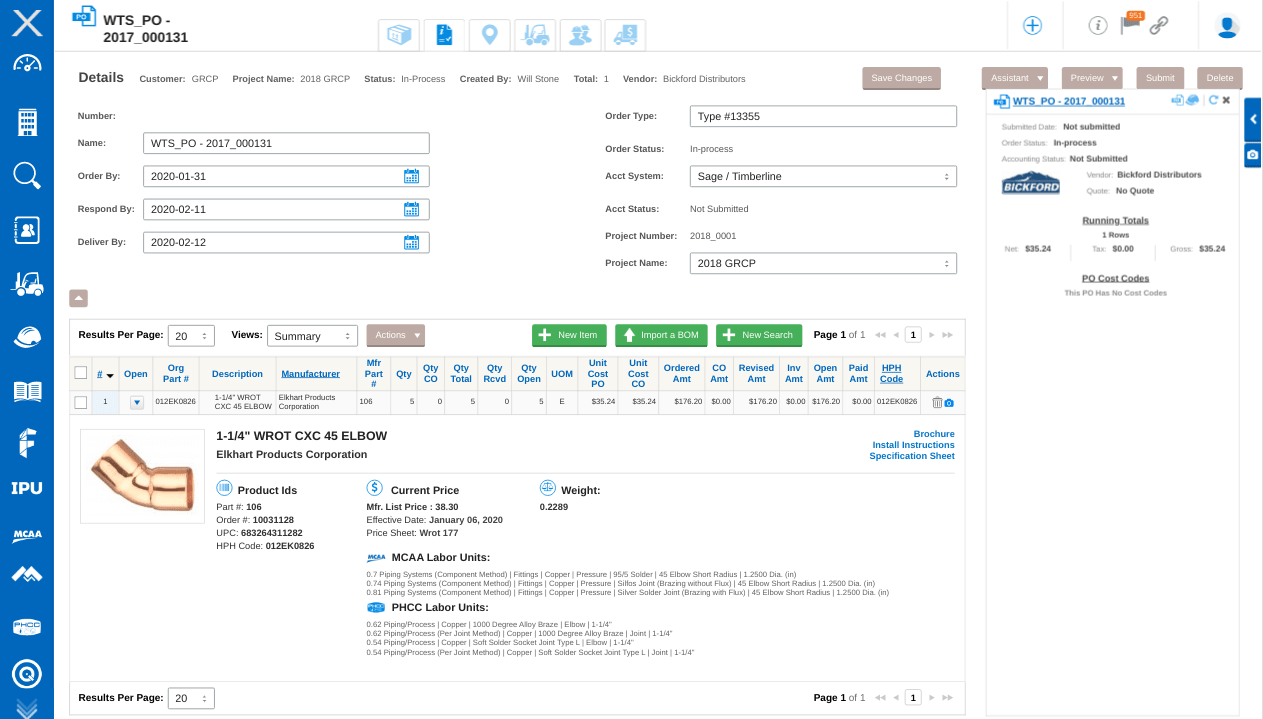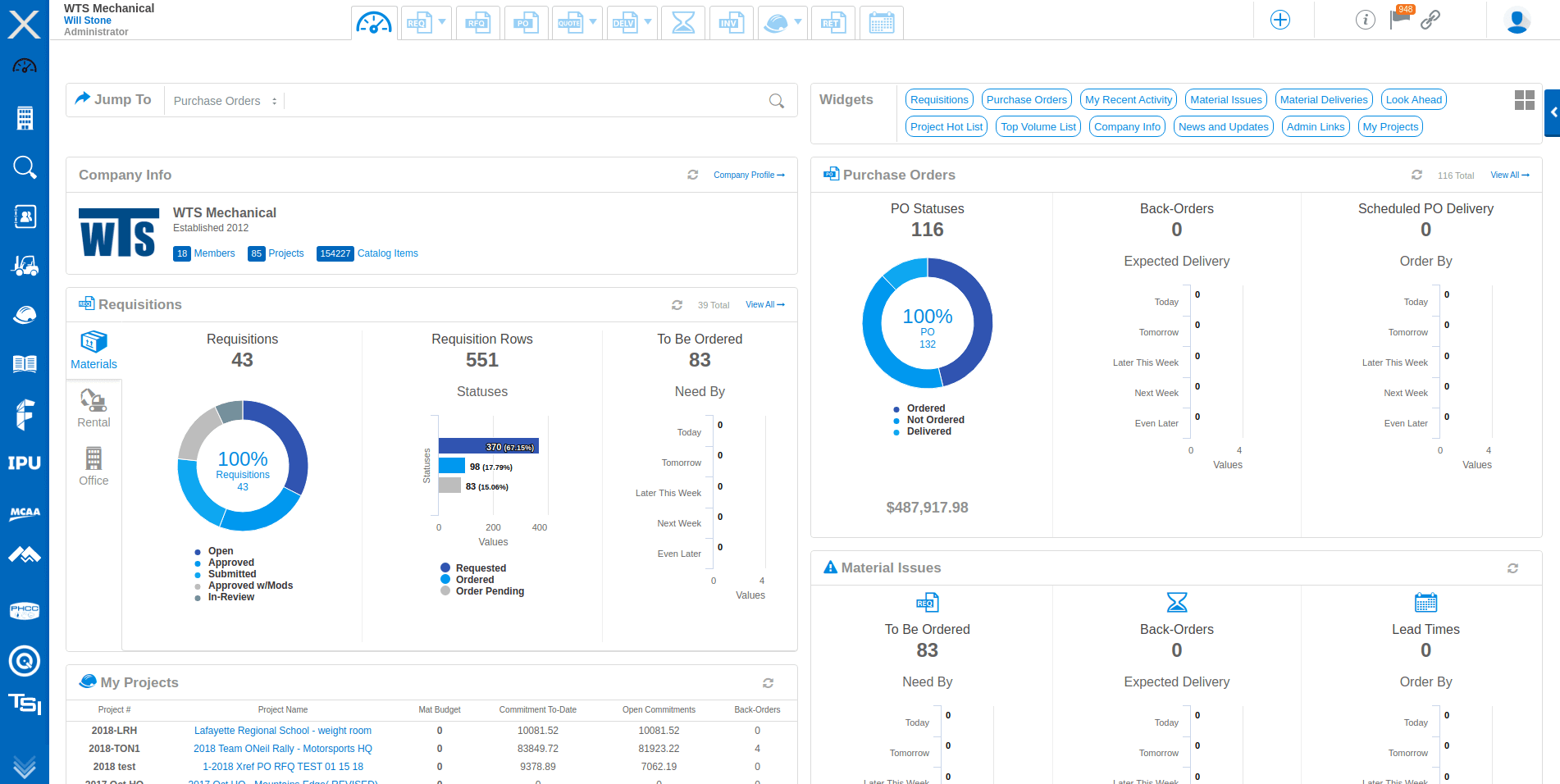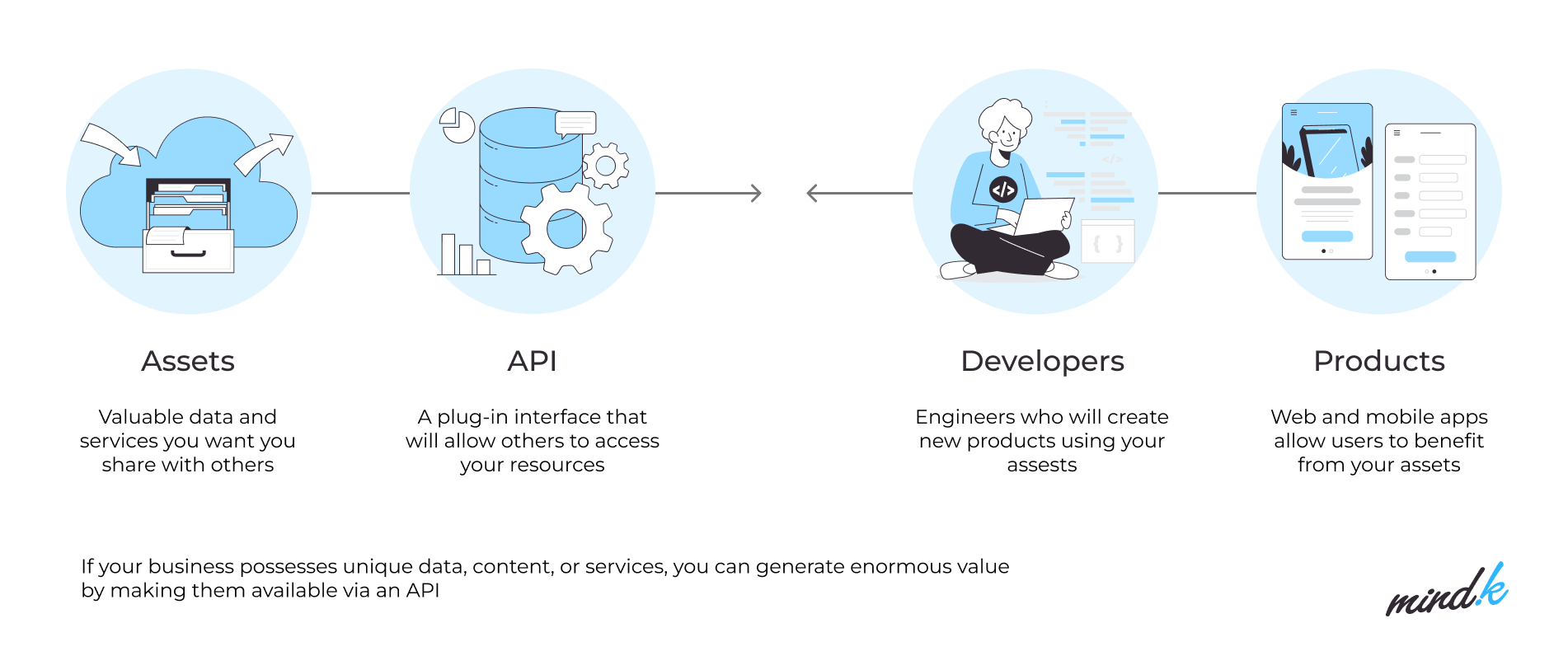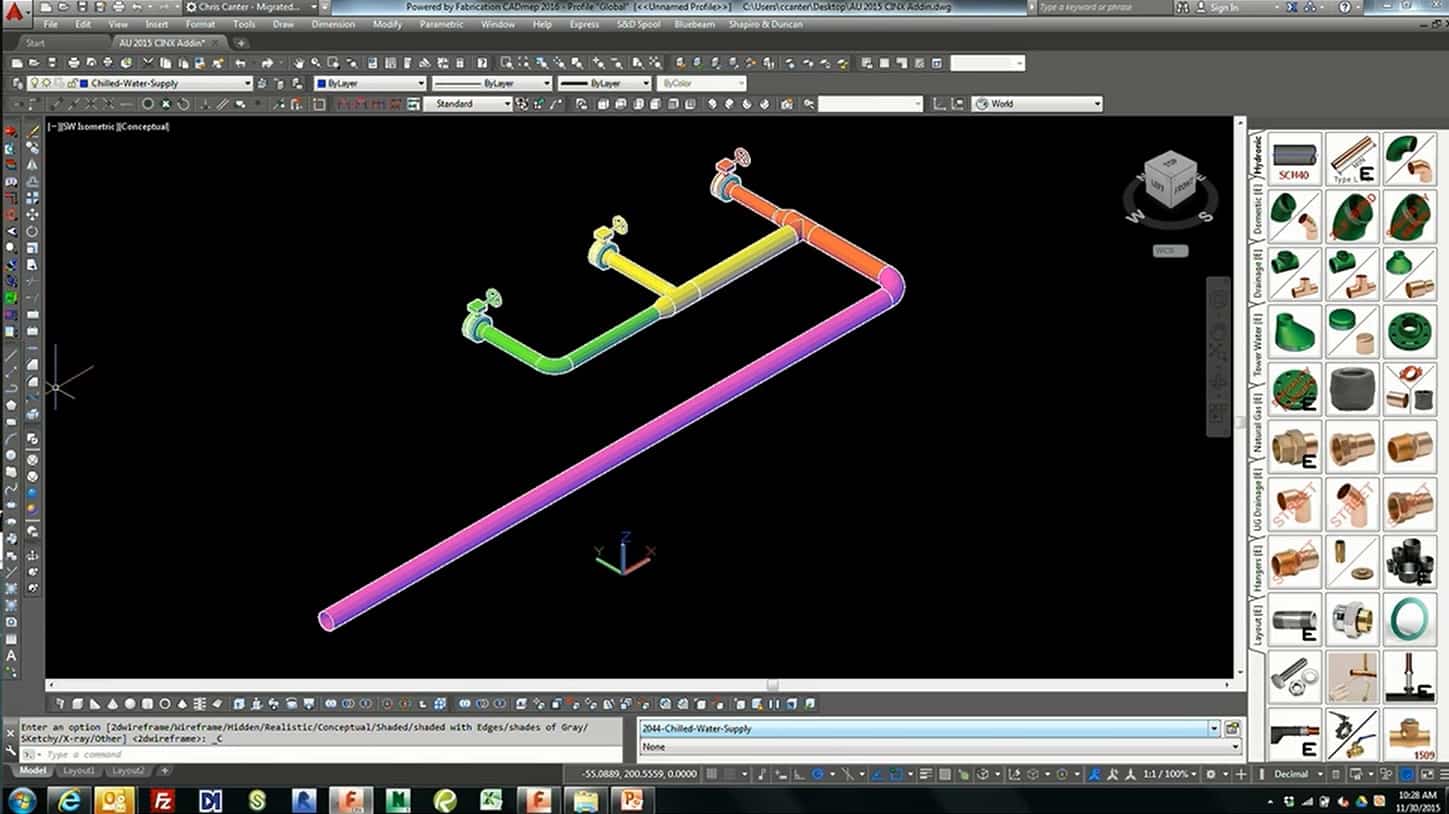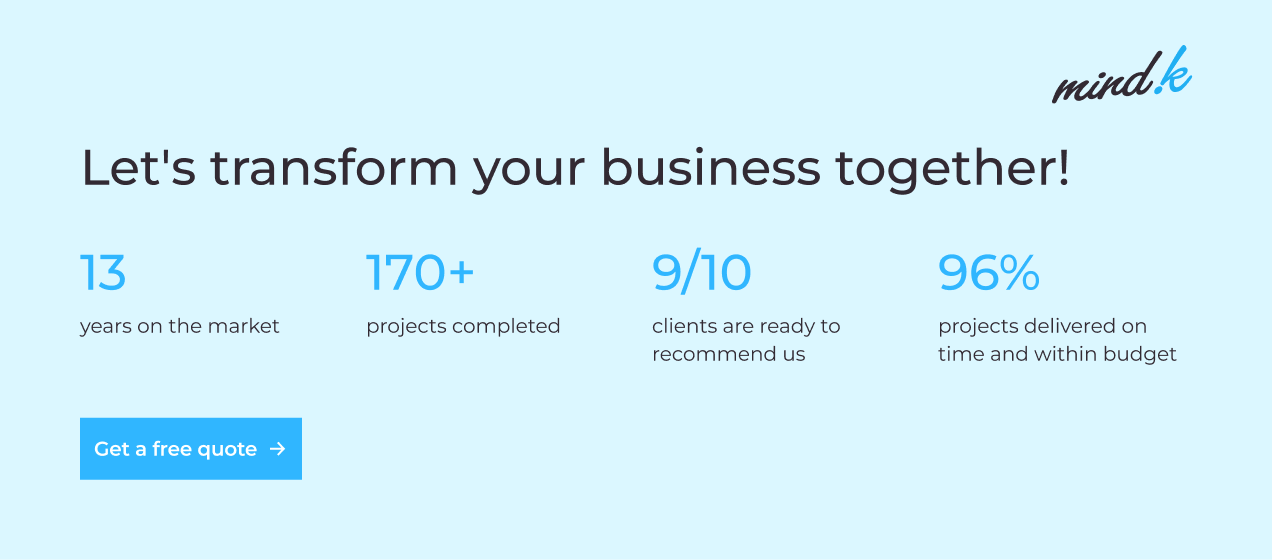For some companies, digital transformation looks like opening an online shop for tailor-made wedding dresses. Others might want to adopt a SaaS model. There are as many definitions as there are companies. For us, digital transformation meant struggling with one of the most old-school industries in the world.
Imagine you’re a foreman on a construction project in Florida. The sun is at its peak. Heavy beads of sweat are rolling down your forehead. In your hands, you’re holding the plans for a new shopping mall. It requires a massive list of materials – tons of concrete, miles of piping, and a container ship-worth of nuts and bolts. The procurement officer has escaped to Alaska, so it’s now your job to buy all those items.
Source: ConstructionConnect
In the past, you’d order a dozen price books and catalogs from companies like Harrison Publishing House. Since 1912, HPH has been collecting information from hundreds of manufacturers and wholesale distributors to keep you updated about the pricing of that 1-1/4″ elbow fitting. But times have changed. Stacks of paper have been replaced by ones and zeroes. At least, they should’ve been, on paper.
You see, digital transformation is all about working with data:
- Collecting the data from different channels – both online and offline.
- Orchestrating the data – taking it from siloed environments, organizing, and preparing for analysis.
- Finding actionable insights with the help of data engineering and visualization.
- Using BI data visualization to streamline data driven decision-making and highlight opportunities for growth.
The same applies to all industries, from construction to healthcare. With the right technology, businesses can use data to increase sales, improve customer loyalty, and raise brand awareness. It can also identify wastage in their processes – things that consume time and money, increasing the cost of doing business.
Digital transformation won’t protect you from that searing Florida sun or help you find the procurement officer hiding in the wilderness. But it will make your overall task one hell of a lot simpler.
So, where do you start?
Data in digital transformation: report from the trenches
Digitalization is like building a house – you have to dig a solid foundation before installing the plumbing. So, let’s review the digital transformation steps using a practical example.
Source: Trekker Group
Step 1: Digitize the data
By 2014, Harrison Publishing House realized the role of data in digital transformation. They wanted to build a cloud-based platform called CINX to manage the entire supply chain for construction projects. This would save time and money for HPH clients and attract new customers.
The core idea was that data – construction materials, their prices, properties, and so on – should only have to be entered once. Users would create a company profile, connect with their partners, and work with digital catalogs of materials. The algorithm would do all the data operations in the background.
Data-driven digital transformation: copper fittings in the CINX app created by MIndK [explore the full case]
When HPH consulted with the development team at MindK, they only had a couple of mockups to convey their vision. The first challenge was to select the optimal technology to achieve the client’s needs. This required combining the best properties of relational and non-relational databases (MongoDB and MySQL).
Data in the system should be easily searchable, trackable, and measurable to power up the insights dashboard. For this, you can use two types of indexing. Apache Solr created a fast search engine that takes into account those pesky spelling errors. Elasticsearch helps to aggregate statistics on prices, items, and orders.
Now our Florida foreman will be able to:
- Create the shopping mall project.
- Add team members, appoint responsible managers, and import supplier contacts.
- Search for the necessary materials and drag them to the requisition.
- Send a request for quote to 600+ vendors that also use CINX.
- Watch one of his workers get eaten by an alligator.
Each item comes with technical specifications and instructions that engineers can review and comment in a versioned document. Manufacturers use the same system to fulfill orders and send delivery documents. CINX tracks each transaction and visualizes statistics on a Vue.js dashboard. You can compare the characteristics of different items/vendors, track prices over time, or manage purchase order statuses.
Digital transformation: data analytics in CINX (dashboard created with the help of Highcharts)
Step 2: Integrate the data
Besides sunscreen, your average Florida foreman uses a lot of third-party software. Things like AutoCAD for architectural plans, Quickbooks for accounting, various billing and project estimation apps.
Integrating data from these sources would make CINX much more valuable for users.
Fortunately, a lot of applications nowadays expose Application Programming Interfaces (API). They allow you to exchange data or use third-party features with ease.
With the help of APIs, we integrated CINX with invoicing and accounting apps. Construction managers can import data from estimating and modeling apps, exchange it with partners, and keep all project documents in one place. But there’s more.
By creating an external API for your app, you can forge valuable partnerships and open up new monetization opportunities. Salesforce, for example, earns over 90% of revenue via its APIs. Spotify, eBay, and Expedia Travel all use a similar strategy. That’s why having a solid ecosystem of integrations is a major competitive advantage for almost any SaaS business, according to Gartner Research VP Massimo Pezzini.
API management market is expected to grow to $13.7B by 2027, proving that data is one of key digital transformation success factors
Step 3: Use the data to improve customer experience
Our team created a REST API to make CINX data available to other companies. One example is Autodesk integration. Architects can now draw plans for a shopping mall, select the materials for things like walls and pipes, and use CINX search right inside Autodesk. A single click will generate a new project with all necessary items already added to an RFQ.
This benefits both Autodesk and Harrison Publishing House. You too can use a similar approach to generate more value with your data.
With the help of API partnerships, the CINX database grew to more than 25 million items. All of HPH’s existing clients switched to the new solution together with new users. Improved data flow between departments and external partners cuts their material expenses by up to 5%. Using reliable digital workflows with standard product IDs instead of manual processes increased user productivity, eliminated errors, and boosted margins.
Designing a piping system with the help of Autodesk integration
Conclusion
HPH is just one of the examples that prove the importance of data in digital transformation. CINX continues to acquire new users among contractors, manufacturers, and distributors. The project brings recurring revenue, allowing our client to build new features and products.
For SaaS products, quality data and integrations may become a solid moat against competitors. After all, the only real competitive advantages are those that you can’t easily copy or buy, according to WordPress founder Jason Cohen.
So if you want to transform your business with the help of data, just drop us a message. We’ll get back to you to arrange a free consultation with our digital transformation experts.



